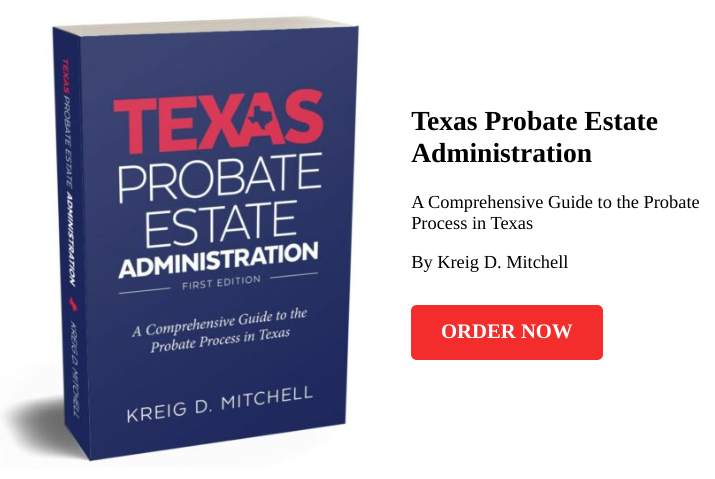
Affidavit of Heirship – Transferring Property After Death and Avoiding Probate Court
It is common to see family members reach an informal agreement as to how to handle the estate when a family member dies. These informal agreements often lead to disputes and end up in probate litigation and an Affidavit of Heirship can help with this. This is especially true when it comes to real estate. Family members may put off dealing with real estate. They may allow one or more family members to occupy the property. Time passes. Other members of the family pass away, others marry, and still others have children. Time marches on. Then one or more family members decide to sell or cash out their stake in the property.
Unlike some other types of assets, real estate has a record and a chain of title. Strict title rules govern real estate ownership. It can be difficult to unravel this chain of title as time passes.
The Johnson v. Evans, No. 12-12-00312-CV (Tex. App.–Tyler 2014) case provides an opportunity to consider this situation. It shows how the affidavit of heirship can be used to document the family history and to provide a clear title

Affidavit of Heirship – Facts & Procedural History
This case involves a real estate dispute. The property was owned by someone who was not married and did not have any surviving children. When the owner died without a will, Texas intestacy laws dictated that title to the property passed to his brothers and sisters. The interested parties waited several years before taking action to clear the title. The dates are not specified in the court’s opinion, but the facts indicate that ownership was in dispute from the 1950s until the date of the court’s decision in 2014. Thus, the parties did not take any action to clear the title for more than sixty years. Affidavit of Heirship
The trial court had to decide whether title passed to the owner’s heirs, i.e., descendants of his brothers and sisters, or if title was conveyed to the owner’s neighbors, one of his siblings.
The descendant filed suit to obtain a temporary injunction allowing him access to the property as well as a partition action awarding him the property.
How Do You Establish Family Relationships
Section 230.001 says that family relationships for someone who has died can be established by a court judgment or an affidavit of heirship.
The court judgment is obtained through the filing of a “heirship” proceeding in court. These are typically dealt with in probate court. If the county lacks a probate court, the case is heard in the county court. Heirship proceeding consists of a court application and one or more court hearings. The court has the authority to appoint an attorney ad litem to represent the interests of the unknown or possibly unidentified heirs. Typically, the attorney ad litem will conduct a search to find any missing or omitted heirs. Following that, the court hears evidence and issues an order naming the decedent’s heirs.
An affidavit of heirship may also be used if there is no heirship proceeding in court. When someone dies without a valid will, this type of affidavit is typically used to record the facts necessary to determine who inherited property. This is simply a record entry in the real estate records. After five years, the affidavit of heirship is presumed to be correct.
This is not the only evidence that can be presented. What happens if this evidence is in error or there is other evidence of the deceased’s heirs? This brings us back to this case.
How Does the Affidavit Stack Up?
In the Johnson case, the descendant presented a family tree that showed that his ancestors inherited the property. He also presented evidence that he acquired the property by deed from those ancestors. This family tree was admitted into evidence in a prior court hearing for this dispute.
The neighbors presented an affidavit of heirship that was filed in 1956. The affidavit was signed by another neighbor. This neighbor said in the affidavit that he knew the owner’s parents and family for seventy-five years. The affidavit had been on record for over fifty years at the time of the appeals court’s opinion.
Courts note that the family tree that was presented was not supported by other evidence, such as birth and death records. The appeals court accepted the affidavit of heirship. It concluded that the affidavit supported the trial court’s ruling.

The Takeaway
A valid and detailed affidavit of heirship can be used to establish property title. Those who inherit property from a decedent who did not have a will need to either probate the decedent’s estate or file an affidavit of heirship. An informal agreement or arrangement between the survivors will not do.
This can help to avoid disagreements over who the heirs are. The longer one waits, the more difficult it is to prepare the affidavit of heirship. As more heirs pass away, it is likely that their interests will be passed down to their children. As in this case, this can result in a large number of people having an ownership interest in the property.




